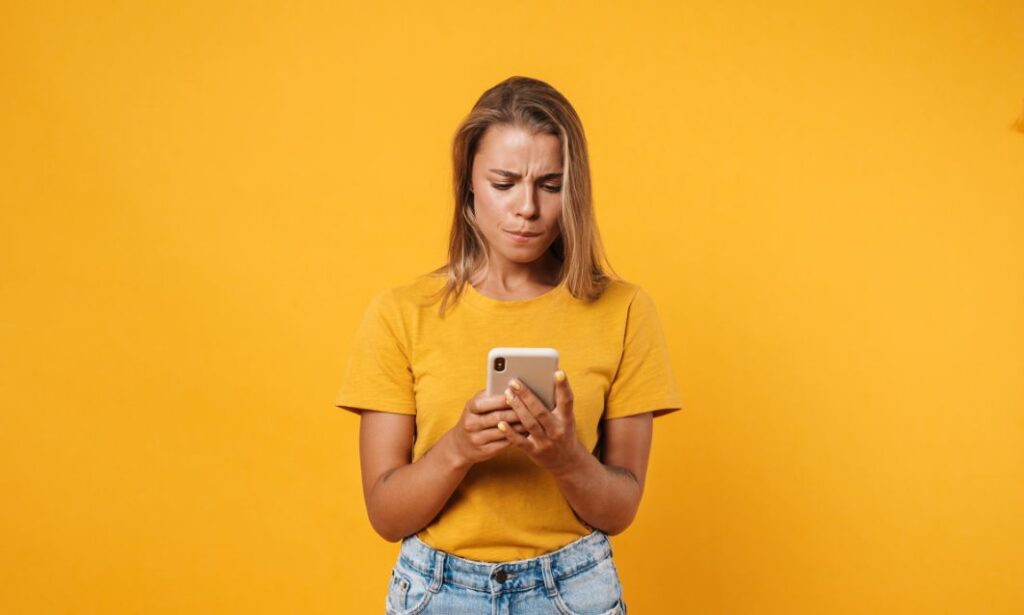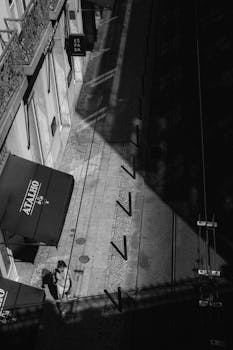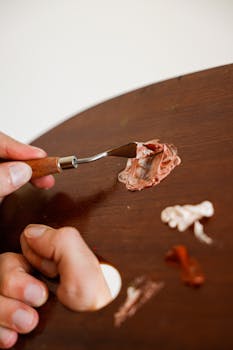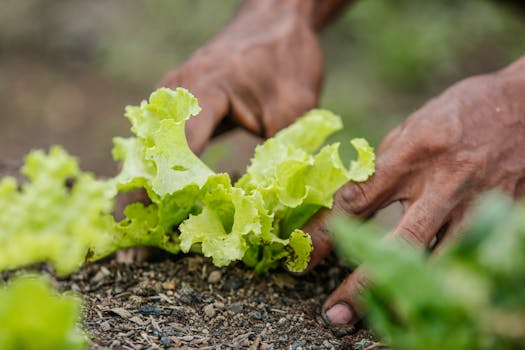Apps
Deleted a Photo in a Hurry? Learn How to Recover Photos on Android
With memory full, deleting photos seems like the only way out. Learn how to recover photos on Android and avoid permanent file loss.
Advertisement
Step by step guide to recovering photos and organizing your Android

Accidentally deleting a photo on Android happens. The good news? You can recover it with simple apps, right on your phone, hassle-free.
If you're living with limited storage, knowing what to delete and how to recover it can save your gallery and your patience.
In this quick guide, you'll learn how to recover photos on Android using the right apps. Don't panic by deleting the cache or formatting your phone—this can make the situation worse.
Is your phone frozen because it's so full? Time to delete and save what matters.
When Android starts to freeze, opening the camera takes a while, and apps close by themselves, the culprit is almost always full memory.
The solution isn't to go out and delete everything in a panic. With the right apps, you can remove junk files and even recover deleted photos in a moment of desperation.
As a bonus, your phone runs smoothly again, you avoid losing important images, and you can organize your gallery with ease.
📲 Want to recover your files on Android? Choose one of the apps!
Organizing space on your Android and recovering deleted photos can be simple with the right tools. The key is knowing what to use.
We've selected apps that actually work: they help you both free up memory and recover lost files without stress.
📸 Recover Photos – All Recovery
Works well with recently deleted files. Doesn't require root access and has a straightforward interface. A good choice for those looking for convenience.
In addition to photos, the app recovers audio, videos, and documents. It also helps scan storage and identify unnecessary files.
When it comes to recovering photos on Android, it is one of the fastest options, with simple and clean recovery.
📤 File Recovery – Photo Recovery
The app focuses on recovering photos on Android, even after minor formatting. The look is basic, but the app gets the job done.
It scans internal memory and SD cards, listing deleted files. Ideal for those who have accidentally deleted entire folders.
Even without root, it delivers consistent results. The app lets you save recovered files to new folders with one click.
🔍 DiskDigger
DiskDigger remains an efficient classic for those who need to recover photos without rooting their Android.
The "basic scan" mode already solves a lot. And if you want more depth, there's also a PRO version with more features.
The app doesn't look impressive, but when it comes to recovering deleted images, it's one of the most reliable on the market.
🗑️ Dumpster
Want to securely delete photos and still have a smart recycle bin on Android? Dumpster makes it easy.
In addition to working as an “automatic recovery”, it saves your photos in the cloud if you want to activate this function.
Recovering photos on Android is simple: modern interface, preview before restoring and automatic backup option.
🖼️ DigDeep Image Recovery
Despite its outdated look, DigDeep gets the job done. It scans your storage thoroughly and separates deleted images into folders.
The app is lightweight, doesn't require root, and works especially well with photos deleted from the gallery or WhatsApp.
For those who want something straightforward, it's a valid option — especially for quickly recovering recently deleted images.
Common mistakes when trying to recover photos (and how to avoid them)

In their rush to recover deleted photos, many people make the situation worse and complicate what could otherwise be easily resolved.
Don't install multiple apps at once. This can overwrite data that could still be recovered on Android.
Avoid formatting or clearing your memory before using apps. This eliminates any chance of restoring files.
Another common mistake: continuing to take photos or download files. This takes up the space where your lost images were.
Before taking any action, stop using the app and run the recovery app. The less interference, the greater the chance of success.
Smart cleaning: erase with strategy
Knowing what to delete beforehand saves you headaches. Some photos are too heavy and don't even need to be in your camera roll.
It's worth using automatic organization apps, which identify duplicate photos, dark images, and forgotten junk files.
These tools also help keep your phone agile, without filling it with unnecessary data that just takes up space.
Quick comparison: what each app does best
| App | No root | Backup | Preview | File types | Simple interface |
| All Recovery | ✅ | ❌ | ✅ | Photos, videos | ✅ |
| File Recovery – Photo Recovery | ✅ | ❌ | ✅ | Photos, documents | ✅ |
| DiskDigger | ✅ | ❌ | ✅ | Photos | Regular |
| Dumpster | ✅ | ✅ | ✅ | Photos, videos | ✅ |
| DigDeep | ✅ | ❌ | ❌ | Photos | Basic |
Don't risk it: activate backup on your phone

Once you've chosen the best app for you, it's worth considering prevention. Enable automatic backup in Google Photos. This way, you can delete photos on Android more securely.
Many people forget this basic feature. Setting it up takes 2 minutes and saves you from losing important memories without realizing it.
Go to Settings > Google Account > Backup and activate the function with one touch.
Plus, apps like Google One offer extra storage and other ways to protect your files with peace of mind.
What can (and cannot) be recovered on Android
Not every photo comes back—and knowing this in advance prevents frustration. The apps work well, but they have limitations that are worth understanding.
Recently deleted photos are much more likely to be recovered, especially if you haven't recorded anything else on your phone.
Overwritten files are nearly impossible to recover. Therefore, avoid using your phone immediately after accidentally deleting them.
If the app requires root, it's because it's accessing deeper layers of memory. It works better, but it's risky.
Data deleted long ago or after a factory reset usually doesn't return. The reality is harsh, but it's better to know now.
Photos saved. Now what to do with them?
Recovering photos on Android is completely possible with the right apps. You don't need to panic or install anything.
The most common mistake is to delete everything on impulse to free up space. With organization, backups, and the right tools, you can avoid this kind of problem.
By following this step-by-step guide, your phone will run more smoothly, your photos will be protected, and you won't waste time fixing things that could have been prevented.
After restoring, it's worth adjusting the images to make them even more appealing. Old or poorly taken photos can be given new life with a good editor.
Lightroom Mobile and Picsart are free apps that allow for quick adjustments, filters, cropping, and enhancements directly on Android—simple, practical, and efficient.
You may also like

🔥 Ready To Dominate Free Fire Online? Start your climb!
Play Free Fire online without installing anything. Discover game modes, tips, and how to play directly in your browser.
Keep Reading









